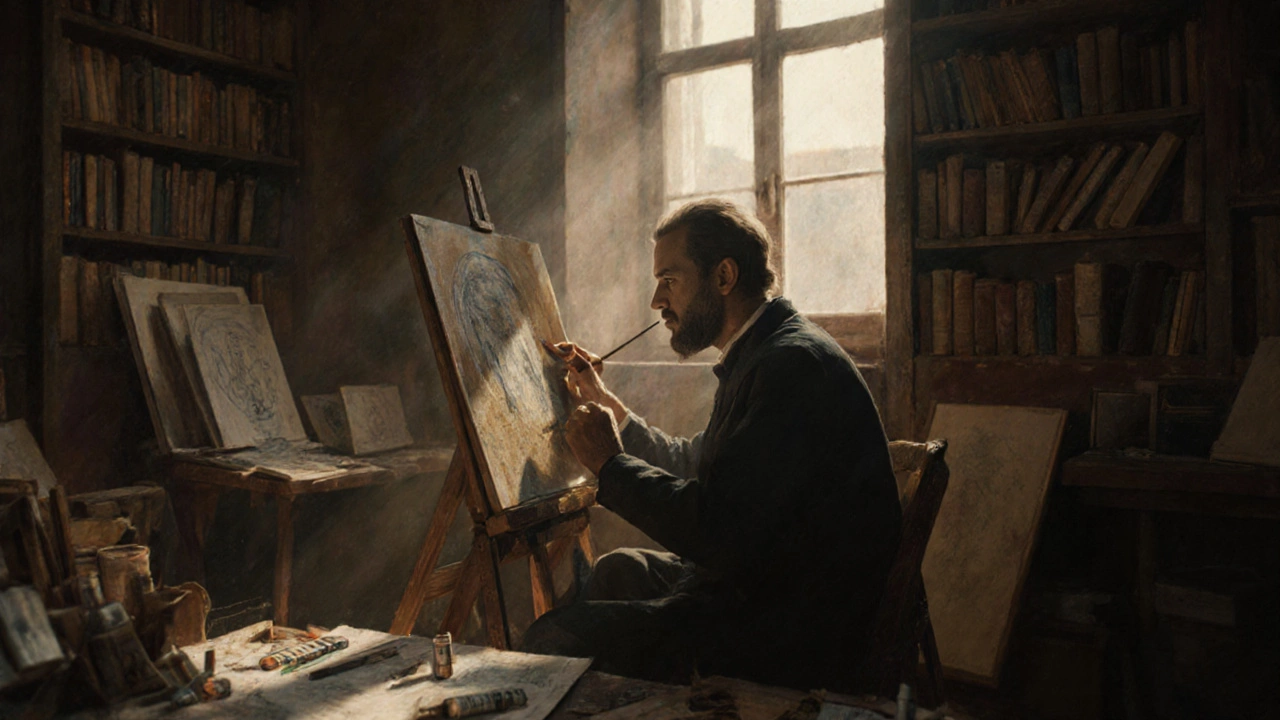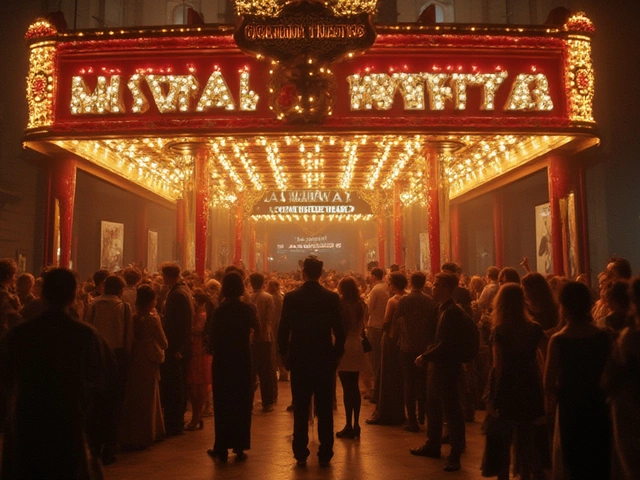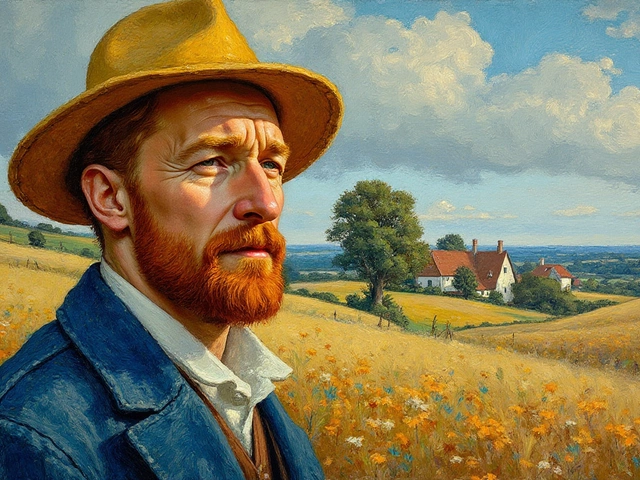Cubism – The Art Movement That Redefined How We See
When talking about Cubism, Cubism, a revolutionary early‑20th‑century movement that broke objects into geometric planes and multiple viewpoints. Also known as Cubist art, it rejected traditional perspective and required viewers to reconstruct reality from fragmented shapes. Pablo Picasso, Spanish painter and co‑founder of Cubism who introduced radical abstraction in works like *Les Demoiselles d'Avignon* (Picasso) became the movement’s driving force. Georges Braque, French artist who, alongside Picasso, developed the first phase of Cubism (Braque) provided the collaborative spark that shaped its early language. Analytic Cubism, the first phase (1908‑1912) characterized by muted palettes and dissected forms (Early Cubism) laid the analytical framework, while Synthetic Cubism, the later phase (1912‑1914) that re‑introduced color, collage, and simpler shapes (Later Cubism) expanded the visual vocabulary. Together, these entities form a chain: Cubism encompasses Analytic and Synthetic phases; Cubism requires a break from single‑point perspective; Picasso influences Cubism and helps shape modern art.
Related Concepts and Key Figures
Beyond the core figures, Cubism intersects with broader Modern Art, the collective of early‑20th‑century movements that challenged traditional aesthetics (Modernism) and with the rise of Abstract Art, art that departs from realistic representation to emphasize shapes, colors, and forms. The movement’s emphasis on multiple viewpoints also paved the way for later experiments in collage, photomontage, and even digital deconstruction. Artists today still borrow Cubist techniques to fragment reality in graphic design, animation, and virtual reality environments, showing that the language invented over a century ago still speaks loudly. Understanding how Cubism’s analytical breakdown leads to synthetic reconstruction helps learners grasp why many contemporary styles feel both familiar and foreign.
In the list below you’ll find articles that dig deeper into each of these ideas—how Cubism originated, the differences between Analytic and Synthetic phases, the roles of Picasso and Braque, and the movement’s lasting influence on modern and abstract art. Browse the collection to see practical examples, historical context, and actionable tips for applying Cubist principles to your own creative projects.
Pablo Picasso: The Godfather of Modern Art Explained
Discover why Pablo Picasso is hailed as the godfather of modern art, his groundbreaking works, and how his legacy shapes today's art scene.
Continue Reading




